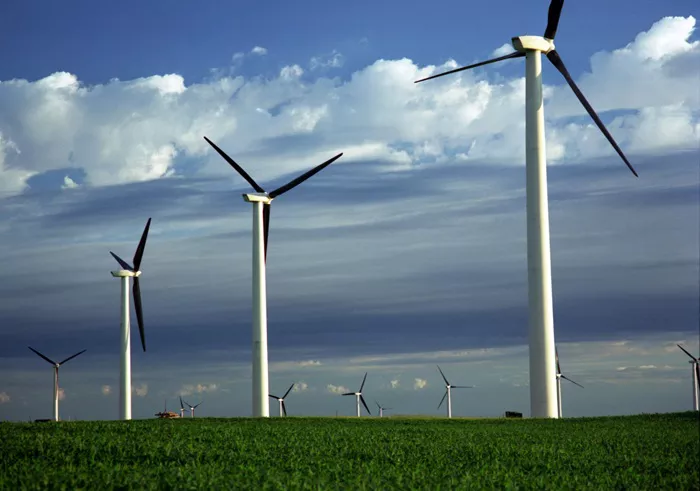Wind power generation in Great Britain surged to a decade-high in the third quarter of 2023, as reported by Montel Analytics. The report revealed that from July to September, wind output reached 16.7 terawatt-hours (TWh), the highest for any Q3 since 2014. While this figure reflects a 3% decrease from the previous quarter, it still represents an increase of 0.5 TWh compared to the same period last year.
The substantial wind generation prompted National Grid ESO to initiate curtailment activities, urging wind farm operators to reduce their output during times of excess generation combined with low demand. Despite this, wholesale electricity prices rose only 3% compared to the second quarter, largely due to higher gas prices stemming from geopolitical tensions in the Middle East, concerns about disruptions to Russian gas supplies through Ukraine, Hurricane Beryl’s impact on a major U.S. LNG export terminal, and ongoing maintenance at Norwegian gas fields.
The report also highlighted an increase in instances of negative pricing in day-ahead auctions, marking the highest frequency for any Q3 since 2020, when demand was unusually low due to COVID-19 lockdowns.
Additionally, Great Britain remained a net importer of electricity in the third quarter, with France and Norway being the largest contributors to the UK market. Notably, the Ratcliffe-on-Soar coal-fired power plant was permanently shut down at the end of the quarter, signaling a significant shift away from coal-fired generation in the country.
Phil Hewitt, director at Montel Analytics, emphasized the ongoing transition to cleaner energy sources. “Wind generation continued its upward trend as Britain aims to produce more of its electricity from renewables,” he stated. He noted that curtailment was necessary during particularly windy periods in July, August, and September, with record bid volumes being used to manage excess wind output.
While gas-fired generation saw a slight increase from 13.4 TWh to 13.8 TWh, this figure remains the second lowest quarterly output in Montel’s 20-year data history. Hewitt indicated that around 2 TWh of combined-cycle gas turbine (CCGT) offers were made to compensate for lost wind generation due to curtailment.
Overall, total generation in Britain, excluding imports, was 54.3 TWh—a 3% decline from the previous quarter and the lowest quarterly total since Q3 2022. However, imports played a vital role in Britain’s energy mix, with a net energy import of 8.1 TWh through interconnectors. This marked a significant rise from 3.7 TWh in Q3 2023 and a turnaround from a net export of 4.6 TWh in Q3 2022.
In Q3, renewables accounted for 47.3% of Great Britain’s generation mix, with notable contributions from wind (16.7 TWh), biomass (7.1 TWh), solar (4.7 TWh), and hydro (1.1 TWh). Biomass output increased by 10%, hydro rose by 13%, and solar generation reached its highest Q3 level since 2022 at 4.7 TWh. Gas-fired generation comprised 22% of the energy mix, while nuclear and imports accounted for 17% and 13%, respectively.
Related topics:
- DOE Unveils $900 Million Initiative to Propel Gen III+ Small Modular Reactors
- STACK Infrastructure Pioneers Advanced Biofuel Use at Norwegian Data Center
- Doosan Enerbility Partners with Siemens Gamesa and Equinor for 750MW Floating Wind Project

